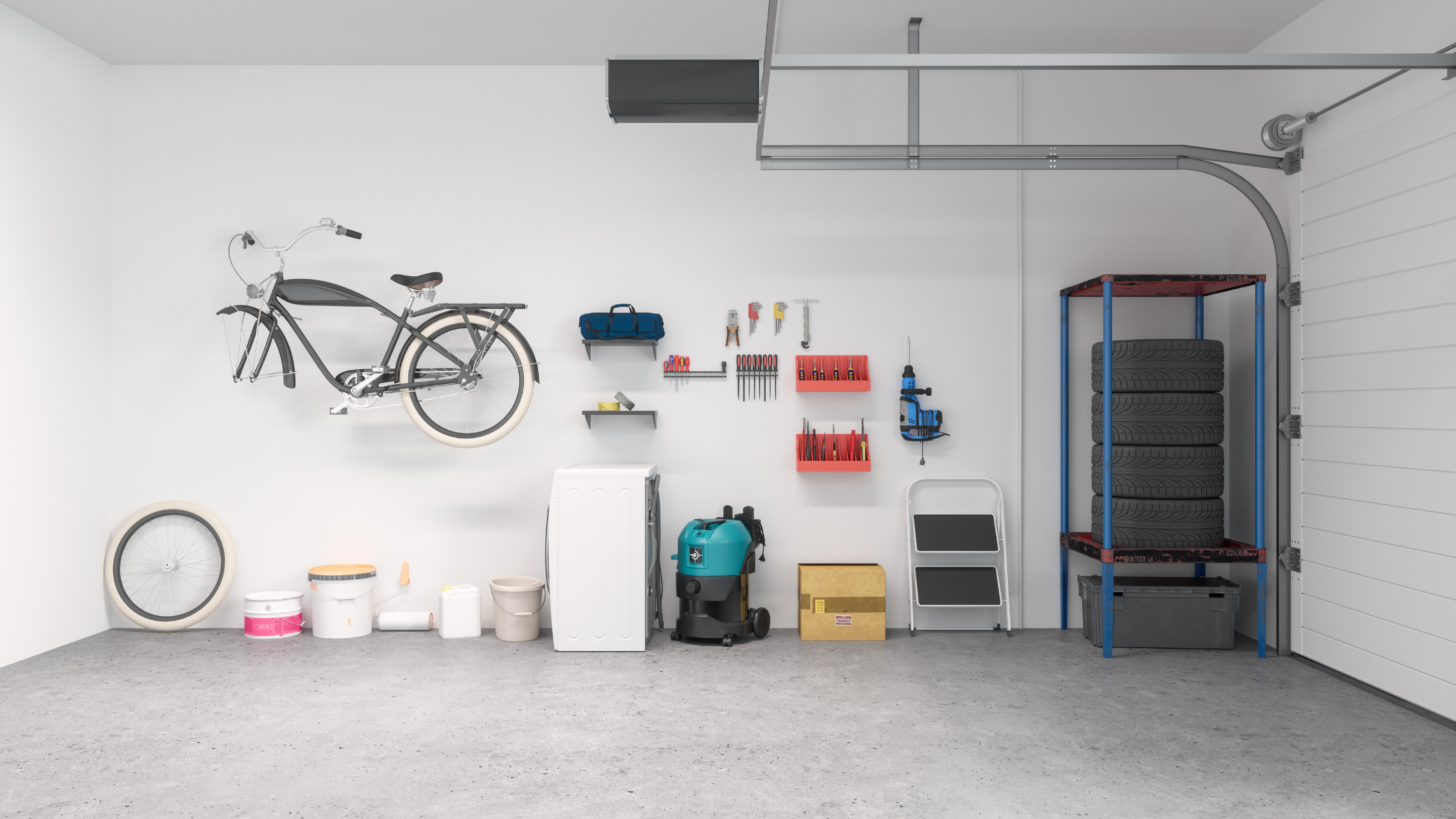Self Storage Tips
_09172025061219282.png)
As the crisp autumn air settles over Northeast Ohio, the season of backyard barbecues, lake days, and weekend road trips comes to a close. Now comes the annual task of packing away summer. While it’s tempting to stuff everything back into the garage or basement, these spaces often lack the security and stable environment needed to protect your valuable equipment.
Overcrowded garages lead to clutter, accidental damage, and leave your primary vehicles out in the cold. This year, reclaim your space and give your summer gear the protection it deserves. Here are four key summer items that benefit from professional self-storage.
1. Boats, RVs, and Classic Cars
Your recreational vehicles are significant investments. Leaving them exposed to the harsh Ohio winter—with its snow, ice, and salt—can lead to rust, cracked tires, and engine damage. Even a simple garage doesn't always offer enough space or protection.
The Solution: Secure vehicle storage is essential. At Security Self-Storage VII in Solon, we offer indoor and covered parking designed specifically for boats, RVs, and classic cars. Our facility shields your vehicles from the elements, and with features like 24/7 DVR surveillance and a secure perimeter, you can rest easy knowing your prized possession is safe all winter long.
2. Patio Furniture and High-End Grills
Outdoor living sets and sophisticated grills can be expensive. Constant exposure to moisture, freezing temperatures, and thawing cycles will warp wooden furniture, rust metal frames, crack plastic, and damage the delicate components of your grill. Simply throwing a tarp over them isn't enough to prevent damage from moisture and pests.
The Solution: A clean, dry self-storage unit is the perfect home for your outdoor gear. A 5x10 or 10x10 unit provides ample space to store your patio set, cushions, umbrellas, and grill. This not only protects them but also frees up significant space on your patio or in your garage for the fall and winter months.
3. Lawn and Garden Equipment
Lawnmowers, trimmers, and other garden tools contain fuel and oil that can degrade over the winter. They also ...
Norm Kotoch
September 1st, 2025



